Are you considering adding a Himalayan Sheepdog to your household? If so, you are in for a loyal and protective companion that is deeply ingrained in the history and culture of the Himalayan region. Also known as the Bhote Kukur or Bhotia, this breed has been used for centuries as a guardian of livestock and homes in the rugged terrain of the Himalayas. As a pet, the Himalayan Sheepdog can be a loving and devoted family member, but it is important to be aware of their unique characteristics and needs before making the commitment to bring one into your home.
Breed Category: Working
Country of Origin: India
Average Size:61-76 cm
Average Weight:34-41 kg
Average Life Span: 10-12 years
Grooming Requirements: Moderate
Exercise Requirements:High
History and Origin
The Himalayan Sheepdog, also known as the Bhote Kukur, is a large breed of dog that originated in the Himalayan region of Nepal, India, and Tibet. This breed was primarily used as a guardian of livestock, protecting them from predators such as wolves, bears, and snow leopards. The Himalayan Sheepdog is a highly valued breed in the region, and is known for its loyalty, intelligence, and bravery.
The exact origins of the Himalayan Sheepdog are unclear, but it is believed to have descended from ancient Tibetan Mastiffs. These dogs were brought to the Himalayan region by nomadic tribes, who used them to protect their flocks of sheep and goats. Over time, the breed evolved to adapt to the harsh mountain environment, developing a thick coat to protect against the cold and a strong, muscular body to navigate the rugged terrain.
The Himalayan Sheepdog is a large breed, with males typically weighing between 70-90 pounds and females weighing between 60-80 pounds. They have a thick, double coat that can be black, brown, or white, and their ears are typically cropped to prevent injury while protecting livestock. These dogs are known for their fierce loyalty to their owners and their ability to work independently, making them ideal for guarding large flocks of sheep or goats.
In addition to their role as livestock guardians, the Himalayan Sheepdog has also been used as a hunting dog, particularly for hunting wild boar. Their strength and agility make them well-suited for this task, and they are known for their fearlessness in the face of danger. However, due to their protective nature, they can be aggressive towards strangers and other animals, and require early socialization and training to ensure they are well-behaved.
Despite their popularity in the Himalayan region, the Himalayan Sheepdog is a relatively rare breed outside of its native area. However, there has been a recent increase in interest in the breed, particularly among dog enthusiasts who appreciate their unique history and characteristics. As with any breed, it is important to do thorough research and work with a reputable breeder to ensure that the dog is a good fit for your lifestyle and needs.
In conclusion, the Himalayan Sheepdog is a fascinating breed with a rich history and unique characteristics. Their role as livestock guardians and hunting dogs has made them

Size and Breed Category
The Himalayan Sheepdog, also known as the Bhote Kukur, is a large breed of dog that originated in the Himalayan region of Nepal, India, and Tibet. They are classified as a working breed and are known for their loyalty, courage, and protective nature.
The average height of a Himalayan Sheepdog is between 24-30 inches (61-76 cm) and they can weigh anywhere from 70-120 pounds (32-54 kg). They have a thick double coat that is weather-resistant and comes in a variety of colors including black, brown, and white. Their muscular build and strong jaws make them excellent guard dogs and they are often used to protect livestock and property. Despite their intimidating appearance, they are known to be gentle and affectionate with their families.
Fur Length and Colour
The fur of the Himalayan Sheepdog is long and thick, providing excellent insulation against the cold mountain climate. The fur is typically straight and coarse, with a dense undercoat that helps to keep the dog warm in even the harshest of conditions. The fur on the tail is particularly long and bushy, giving the dog a distinctive appearance. The fur colour of the Himalayan Sheepdog can vary, but is typically a combination of black, white, and tan. The black fur is usually found on the back and legs, while the white fur is found on the chest and belly. The tan fur is often found on the face and legs, and can range from a light beige to a deep brown. The combination of these colours gives the Himalayan Sheepdog a striking and unique appearance.
The length of the fur on the Himalayan Sheepdog can vary depending on the individual dog and the climate in which it lives. In colder regions, the fur tends to be longer and thicker, while in warmer regions it may be shorter and less dense. The fur on the Himalayan Sheepdog is also highly water-resistant, which helps to keep the dog dry in wet conditions. This is particularly important in the Himalayan region, where heavy rain and snowfall are common. The fur of the Himalayan Sheepdog requires regular grooming to prevent matting and tangling, and to keep it looking healthy and shiny. Regular brushing and bathing can help to keep the fur in good condition, and can also help to reduce shedding.
Termperament and Trainability
Himalayan Sheepdogs are known for their independent and strong-willed temperament. They are bred to be guard dogs and are fiercely protective of their family and territory. They are not recommended for first-time dog owners as they require an experienced handler who can establish themselves as the pack leader. Himalayan Sheepdogs are intelligent and can be trained, but they have a stubborn streak and may require patience and consistency in training. They are not suited for apartment living as they require plenty of space to roam and exercise. Himalayan Sheepdogs are loyal and devoted to their family, but they may be wary of strangers and other animals.
The trainability of Himalayan Sheepdogs can vary depending on the individual dog. Some may be more receptive to training than others, but they all require a firm and consistent approach. Positive reinforcement methods such as treats and praise can be effective in training Himalayan Sheepdogs. They are quick learners and can excel in obedience and agility training. However, they may have a tendency to become bored with repetitive training and may require a variety of activities to keep them engaged. Himalayan Sheepdogs are not recommended for households with young children as they may be too boisterous and may accidentally knock over small children.
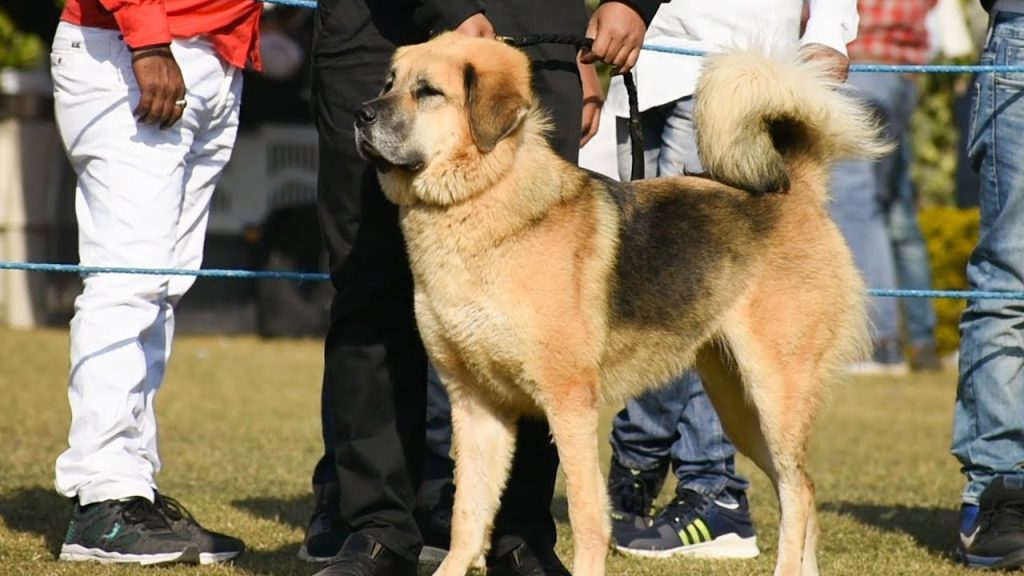
Known Health Conditions
Himalayan Sheepdogs are prone to certain health conditions that owners should be aware of. One of the most common issues is hip dysplasia, which is a genetic condition that affects the hip joint. This can cause pain, lameness, and arthritis in the affected joint. Another condition that Himalayan Sheepdogs may develop is progressive retinal atrophy, which is a degenerative disease that affects the retina of the eye. This can lead to vision loss and blindness over time. Additionally, these dogs may be prone to allergies, particularly to food and environmental allergens. Symptoms of allergies can include itching, redness, and skin irritation.
Another health concern for Himalayan Sheepdogs is bloat, which is a potentially life-threatening condition that occurs when the stomach fills with gas and twists on itself. This can cause a blockage of blood flow to the stomach and other organs, leading to shock and death if not treated promptly. Owners should be aware of the signs of bloat, which can include restlessness, pacing, drooling, and a distended abdomen. Another condition that Himalayan Sheepdogs may develop is hypothyroidism, which is a disorder of the thyroid gland that can cause weight gain, lethargy, and skin problems. This condition can be managed with medication, but it requires lifelong treatment. Finally, these dogs may be prone to dental problems, such as periodontal disease and tooth decay. Regular dental care, including brushing and professional cleanings, can help prevent these issues.
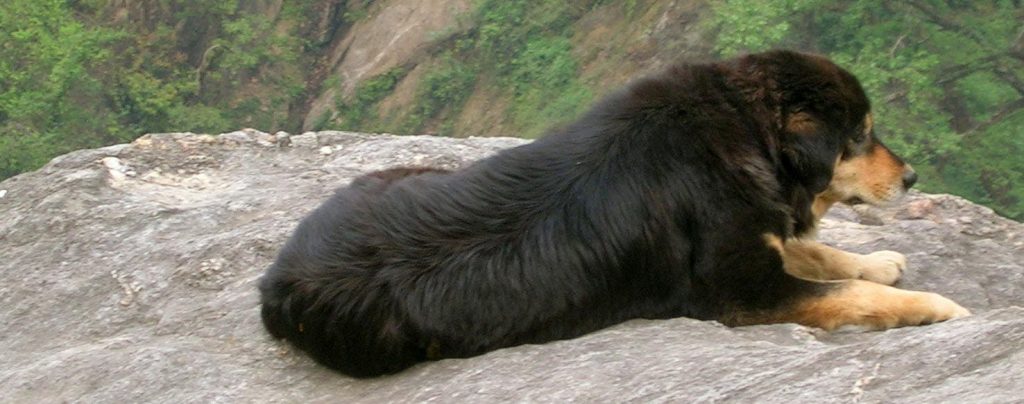
Openness to Strangers
The Himalayan Sheepdog is a majestic canine that is known for its friendly and welcoming nature towards strangers. This breed is highly sociable and enjoys interacting with people from all walks of life. They are not known to be aggressive towards strangers and are often used as guard dogs due to their protective instincts. The Himalayan Sheepdog is a loyal companion that will go to great lengths to protect its family and home. They are highly intelligent and can be trained to perform a variety of tasks, making them a versatile breed that is well-suited for a range of environments.
Despite their size and strength, the Himalayan Sheepdog is a gentle giant that is known for its openness to strangers. They are not known to be territorial and will often welcome visitors with open paws. This breed is highly adaptable and can thrive in a variety of living situations, from apartments to large estates. They are highly affectionate and enjoy spending time with their owners, making them a popular choice for families with children. The Himalayan Sheepdog is a breed that is highly valued for its loyalty, intelligence, and friendly nature, making it a beloved companion for many dog lovers around the world.
Playfulness Level
The Himalayan Sheepdog is a highly playful breed of dog that loves to engage in various activities. They are known for their energetic nature and their love for playtime. These dogs are always up for a game of fetch or a run around the park, and they are sure to keep their owners entertained with their playful antics. Whether it’s chasing after a ball or playing tug-of-war, the Himalayan Sheepdog is always ready for some fun.
In addition to their love for playtime, the Himalayan Sheepdog is also a very social breed. They enjoy spending time with their owners and other dogs, and they thrive in environments where they can interact with others. These dogs are known for their friendly and outgoing personalities, and they are sure to make friends wherever they go. Whether it’s at the dog park or on a walk around the neighborhood, the Himalayan Sheepdog is always eager to meet new people and dogs.
Suitability as a Pet for Children
Himalayan Sheepdogs, also known as Bhote Kukur, are a popular breed in Nepal and India. They are known for their loyalty, intelligence, and protective nature. With their thick fur and sturdy build, they are well-suited for colder climates. Himalayan Sheepdogs require regular exercise and grooming, but they are generally low-maintenance pets. While they can be independent, they are also affectionate and make great companions for children who are able to handle their size and energy.
Exercise Needs
Himalayan Sheepdogs require a significant amount of exercise to maintain their physical and mental health. As a working breed, they have a high energy level and need plenty of opportunities to run, play, and explore. A daily walk of at least an hour is recommended, but they will benefit from additional exercise such as hiking, running, or playing fetch. It is important to note that they are not well-suited for apartment living and require a large, secure yard to roam and play in. Additionally, they thrive on mental stimulation and enjoy activities such as obedience training, agility courses, and interactive toys.
In addition to physical exercise, Himalayan Sheepdogs require socialization and mental stimulation to prevent boredom and destructive behavior. They are highly intelligent and enjoy learning new tasks and tricks. Regular training sessions and interactive playtime with their owners will help keep them mentally stimulated and prevent behavioral issues. It is also important to provide them with plenty of socialization opportunities with other dogs and people to prevent shyness or aggression. Overall, Himalayan Sheepdogs require a dedicated owner who is willing to provide them with plenty of exercise, mental stimulation, and socialization to ensure they lead happy and healthy lives.
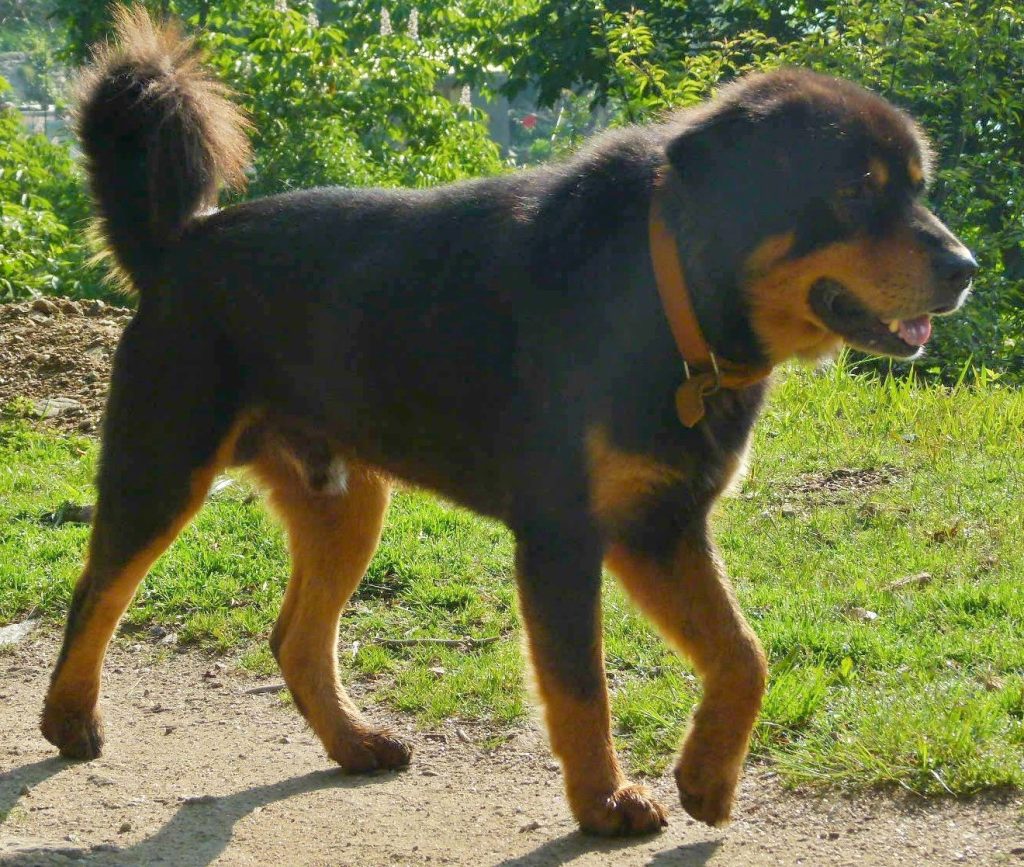
Suitability for a Multi-Pet Family
Himalayan Sheepdogs have a reputation for being protective of their family and territory. They are known to be independent and strong-willed, which can sometimes lead to conflicts with other pets. However, with proper socialization and training, they can learn to coexist peacefully with other animals in the household. It is important to introduce them to other pets gradually and under supervision to ensure a positive outcome.
Housing Requirements
Himalayan Sheepdogs require a spacious and secure living environment. They are an active breed that needs plenty of room to move around and exercise. A large, fenced yard is ideal for them to run and play in. It is important to ensure that the fencing is high enough to prevent them from jumping over and that there are no gaps for them to escape through. Additionally, they need a sheltered area where they can rest and seek shade during hot weather. The shelter should be well-ventilated and insulated to protect them from extreme temperatures.
In terms of indoor housing, Himalayan Sheepdogs require a comfortable and clean living space. They are a long-haired breed that sheds heavily, so regular grooming is necessary to keep their coat healthy and prevent matting. A designated area for grooming and brushing is recommended. They also need a comfortable bed to sleep on, preferably in a quiet and secluded area of the house. It is important to provide them with plenty of toys and mental stimulation to prevent boredom and destructive behavior.
Summary
The Himalayan Sheepdog, also known as Bhote Kukur, is a dog breed that is commonly used for herding and guarding livestock in the Himalayan region. Due to their strong protective instincts and high energy levels, they require a lot of exercise and training. While they can make loyal and affectionate pets, they may not be suitable for inexperienced dog owners or those living in small apartments. It is important to research and understand the breed’s temperament and needs before considering them as a pet.
Himalayan Sheepdog Dog FAQS
Himalayan Sheepdogs are intelligent and trainable, but can be stubborn at times. Consistent and positive training methods are recommended.
Yes, Himalayan Sheepdogs are known to be great with children and make excellent family pets.
Like all breeds, Himalayan Sheepdogs can be prone to certain health issues such as hip dysplasia and eye problems. Regular vet check-ups are recommended.
Himalayan Sheepdogs are a large breed and require space to move around. They are better suited for homes with a yard or outdoor space.
Yes, Himalayan Sheepdogs are an active breed and require daily exercise such as long walks or runs.
Yes, Himalayan Sheepdogs have a thick double coat and shed moderately throughout the year. Regular grooming is necessary to keep their coat healthy.
Himalayan Sheepdogs have a lifespan of 10-12 years on average. Proper care and regular vet check-ups can help ensure a longer, healthier life.
The amount of food a Himalayan Sheepdog needs depends on their age, weight, and activity level. Generally, they require 3-4 cups of high-quality dog food per day.
A Himalayan Sheepdog can grow up to 71-76 cm in height.
The average weight of a Himalayan Sheepdog is between 35-45 kg.
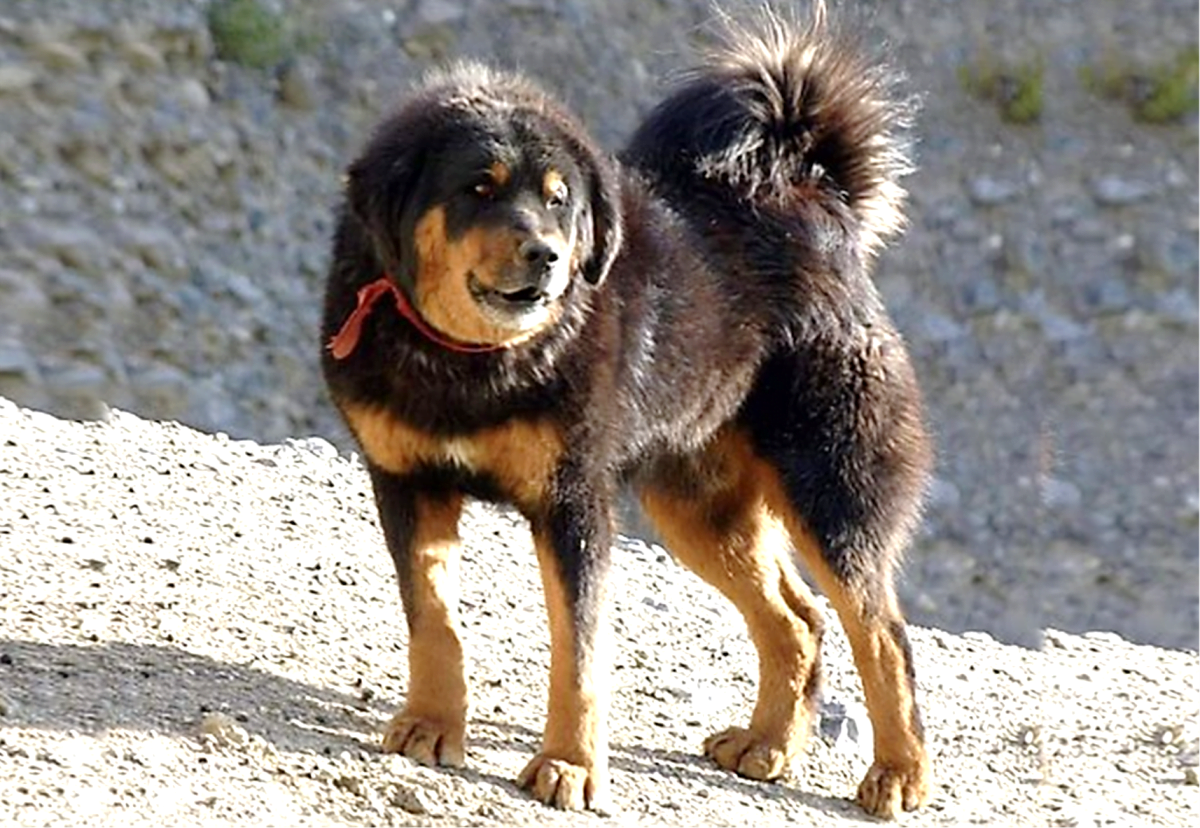
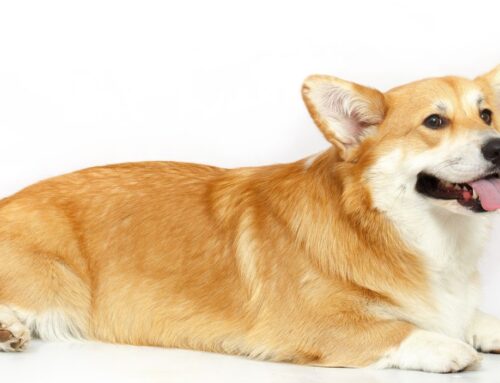

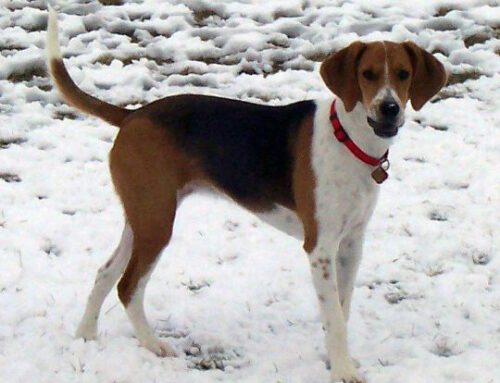
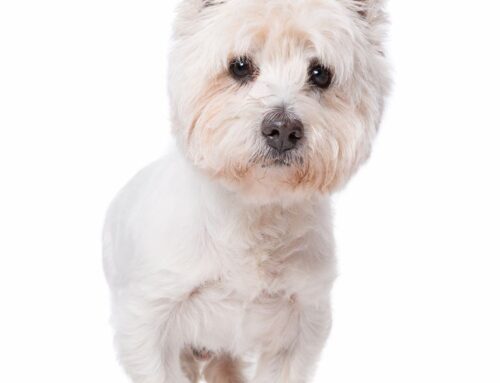

Leave A Comment